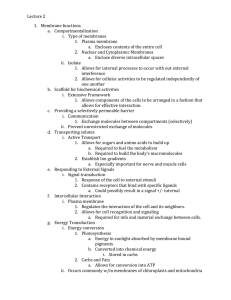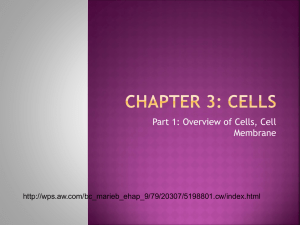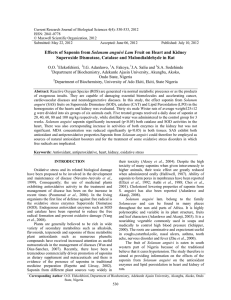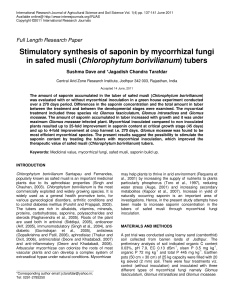Document 11919962
advertisement
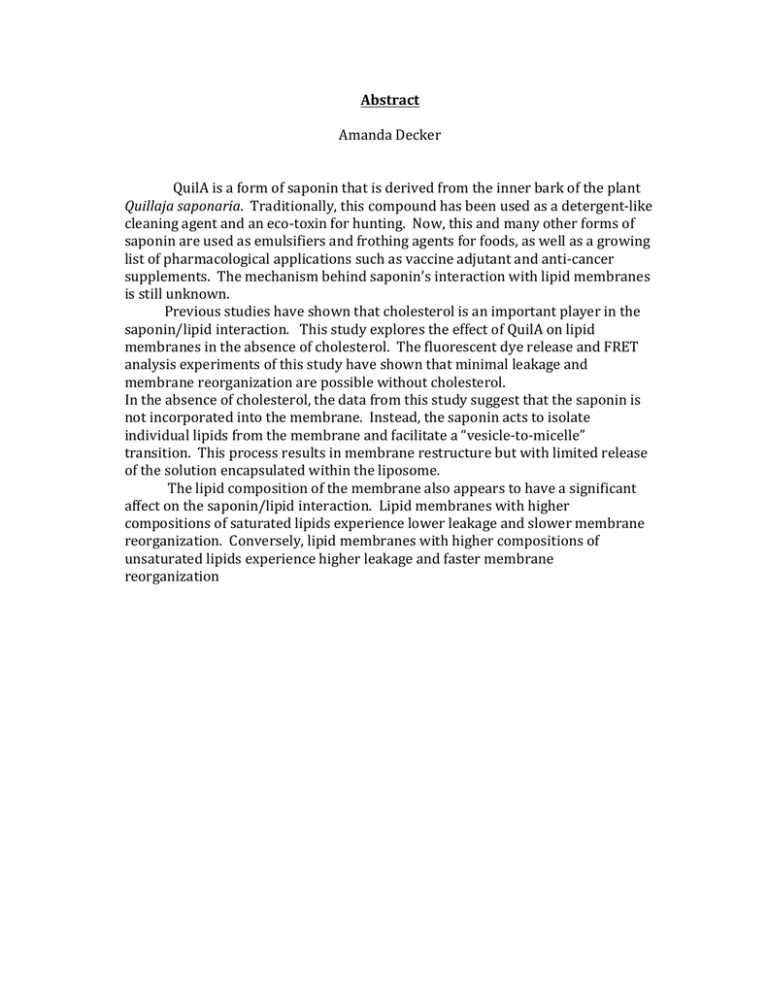
Abstract Amanda Decker QuilA is a form of saponin that is derived from the inner bark of the plant Quillaja saponaria. Traditionally, this compound has been used as a detergent-­‐like cleaning agent and an eco-­‐toxin for hunting. Now, this and many other forms of saponin are used as emulsifiers and frothing agents for foods, as well as a growing list of pharmacological applications such as vaccine adjutant and anti-­‐cancer supplements. The mechanism behind saponin’s interaction with lipid membranes is still unknown. Previous studies have shown that cholesterol is an important player in the saponin/lipid interaction. This study explores the effect of QuilA on lipid membranes in the absence of cholesterol. The fluorescent dye release and FRET analysis experiments of this study have shown that minimal leakage and membrane reorganization are possible without cholesterol. In the absence of cholesterol, the data from this study suggest that the saponin is not incorporated into the membrane. Instead, the saponin acts to isolate individual lipids from the membrane and facilitate a “vesicle-­‐to-­‐micelle” transition. This process results in membrane restructure but with limited release of the solution encapsulated within the liposome. The lipid composition of the membrane also appears to have a significant affect on the saponin/lipid interaction. Lipid membranes with higher compositions of saturated lipids experience lower leakage and slower membrane reorganization. Conversely, lipid membranes with higher compositions of unsaturated lipids experience higher leakage and faster membrane reorganization


